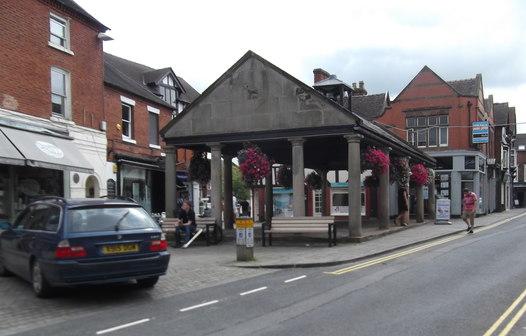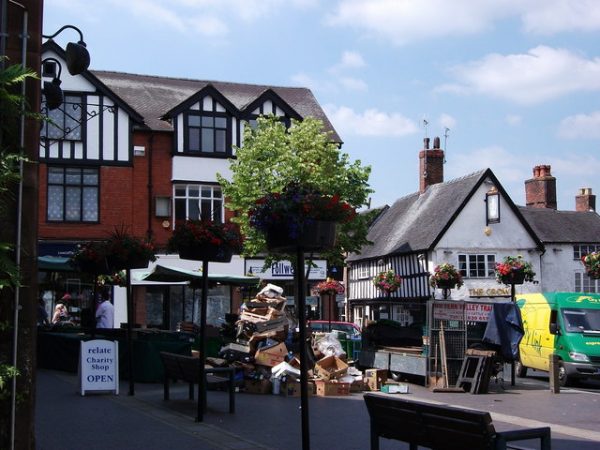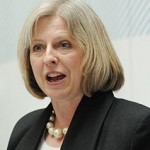Markets and fairs
In Britain many of the markets and fairs that survive today have their origins in the Middle Ages, when having successful markets and fairs could mean the difference between prosperity or oblivion to a settlement.
Where I grew up in north Shropshire, so successful was the market that the parish of Drayton in Hales – also known as Drayton Magna or just Drayton – tacked market onto front the name of the settlement and it’s been Market Drayton ever since.
The origins of Drayton’s market are indeed medieval and date back more than seven centuries.
In 1245 King Henry III (1 October 1207-16 November 1272) granted a charter to the monks of Combermere Abbey in Cheshire for a weekly Wednesday market in Drayton. That market is still held and draws visitors from a wide radius, not just from nearby rural villages, but encompassing urban conurbations such as The Potteries, a good 15-20 miles away. In recent years, the historic Wednesday street market has been supplemented by a Saturday market.
Over the centuries the original market changed of course. In 1824 the Buttercross was built, reportedly on the site of a vanished much older cross, in Cheshire Street as shelter for the farmers’ wives selling their dairy produce. When it wasn’t market day, the Buttercross was somewhere dry to leave the bike on trips into town.

During my childhood the general market was held in the middle of town in Cheshire Street and High Street, whilst the accompanying livestock market took place on a site off Maer Lane. I can remember helping to drive cattle to market through the streets.
The livestock market itself has not been immune to change. The site that I remember was sold off by its owners, local estate agents and auctioneers Barbers, who replaced it with new facilities out on the A53 bypass, rather further away from the town’s pubs, which used to open very early in the morning on market day.

In addition to the weekly market, there were also various fairs, one of the last of which was known as Drayton Dirty Fair. This was a livestock market which specialised in ponies and horses and was held in October each year.
An introduction to these fairs is given by Peter Hampson Ditchfield’s 1896 book, Old English Customs Extant at the Present Time: an account of local observances.
He writes:
At Market Drayton there are several fairs held by right of ancient charter. One great one, called the “Dirty Fair,” is held about six weeks before Christmas, and another is called the “Gorby Market,” at which farm-servants are hired. These are proclaimed according to ancient usage by the ringing of the church-bell, and the court-leet procession marches through the town, headed by the host of the “Corbet Arms,” representing the lord of the manor, dressed in red and black robes, and the rest of the court carrying silver-headed staves and pikes, one of which is mounted by a large elephant and castle. At the court several officers are appointed, such as the ale-conner, scavengers, and others. The old standard measures, made of beautiful bell-metal, are produced, and a shrew’s bridle, and then there is a dinner and a torchlight procession.
Let’s start with the Dirty Fair.
This was one of the last fairs of the year being held in October and its name originates not from the cleanliness of the attendees (which included a large number of gypsies and travelling folk. Ed.), but from the increased likelihood it being held in foul, i.e. dirty, weather.
When my siblings and I were children, our mother warned not to go near the Dirty Fair when it was on, which made it all the more attractive to we kids, of course. 🙂
To get an idea of the Drayton Dirty Fair in the early 20th century, I’m indebted to The Mercury (Hobart, Tasmania), whose morning edition for Thursday, 9th January 1902 states:
Quaint customs die hard. The ancient ceremony of proclaiming October or “dirty” fair, which dates from the thirteenth century, was recently observed at Market Drayton (Eng.). In the early morning the Court Leet of the Manor of Drayton Magna, consisting of the bailiff, aletester, constables, scavengers, searchers and sealers, chaplain, and town crier, paraded the streets warning all rogues, vagabonds, and culpenses, as well as all idle or disorderly persons to depart, or remain at their peril. There was no visible exodus.
The above account is supplemented by the mid-20th century memories of a Mrs Dorothy “Dot” Robinson, who recalls:
Every 24th October there was the “Dirty Fair” at Market Drayton when the gypsies from near and far gathered to sell their ponies. The ponies were put into fields around Betton Wood. They were almost wild but the children would climb on them and ride them. There were lots of caravans parked along the road especially near Mucklestone Rectory. They would collect tin cans from Daisy Lake, and make pegs. During the “Dirty Fair” there was a lot of drinking and fighting in the town so the children were not allowed there.
As far as can be ascertained, the last Dirty Fair was held some time in the early to mid-1970s. The Shropshire County Archives contain 3 photographs from the Drayton Dirty Fair; the last one is dated 1973.
When it comes to finding out more about the Gorby Market, the rural hiring fair held in Drayton and described by Mr Ditchfield, your correspondent has drawn a more or less complete blank. No etymological origins or other information has come to light despite weeks of searching.
The only other facts unearthed on the Gorby Markets were that two other Shropshire towns held them, i.e. Wellington and Craven Arms. The Craven Arms market mutated over time from a rural hiring fair to a more social event and died out some time in the 1920s.
However, there may have been many more hiring fairs than Gorby Markets. In his 1994 book, Shropshire’s Wonderful Markets, George Evans writes that hiring fairs, mop fairs and Gorby Markets were a common occurrence in most Shropshire market towns whose object was to hire out a man or a woman’s labour for a year, despite their various forms.
Besides the Dirty Fair and Gorby Market, Drayton boasted yet another annual event – the Damson Fair. In times gone by Market Drayton was reputedly famed for its Damson Fairs when the textile makers from the north of England would buy the damsons to make dye for their cloth. Damsons were used in the British dye and cloth manufacturing industries in the 18th and 19th centuries with large-scale planting occurring in every major damson-growing area, including Shropshire. In addition to northern cloth mills, damsons were also used as a dyestuff in the carpet and leather goods trades. This fair probably declined in the late 19th/early 20th century with the development of synthetic dyes.
If any reader can contribute to the gaps in my knowledge of Drayton’s Dirty Fair, Gorby Markets or Damson Fair, please feel free to comment below.

